https://www.youtube.com/watch?v=Bmb9iHRPUjY
Introduction – Exploring the World of Bird-Eating Birds

Birds, with their diverse dietary preferences, offer a captivating glimpse into the intricacies of the avian world. While most birds opt for insects, seeds, or nectar, there exists a fascinating subset of species that display carnivorous tendencies – birds that prey on their fellow avians.
Although relatively uncommon compared to other feeding strategies, the predation of birds by birds holds ecological significance. It plays a vital role in maintaining balance within ecosystems by controlling populations and preserving overall ecosystem health.
In this article, we will delve into the remarkable world of bird-eating birds. We will explore their hunting techniques, their choice of avian prey, and the impact they have on their respective habitats. By examining these extraordinary creatures, we can gain a deeper understanding of the intricate dynamics within the avian world and appreciate the diverse strategies birds employ to survive and thrive.
The Evolution of Predatory Birds
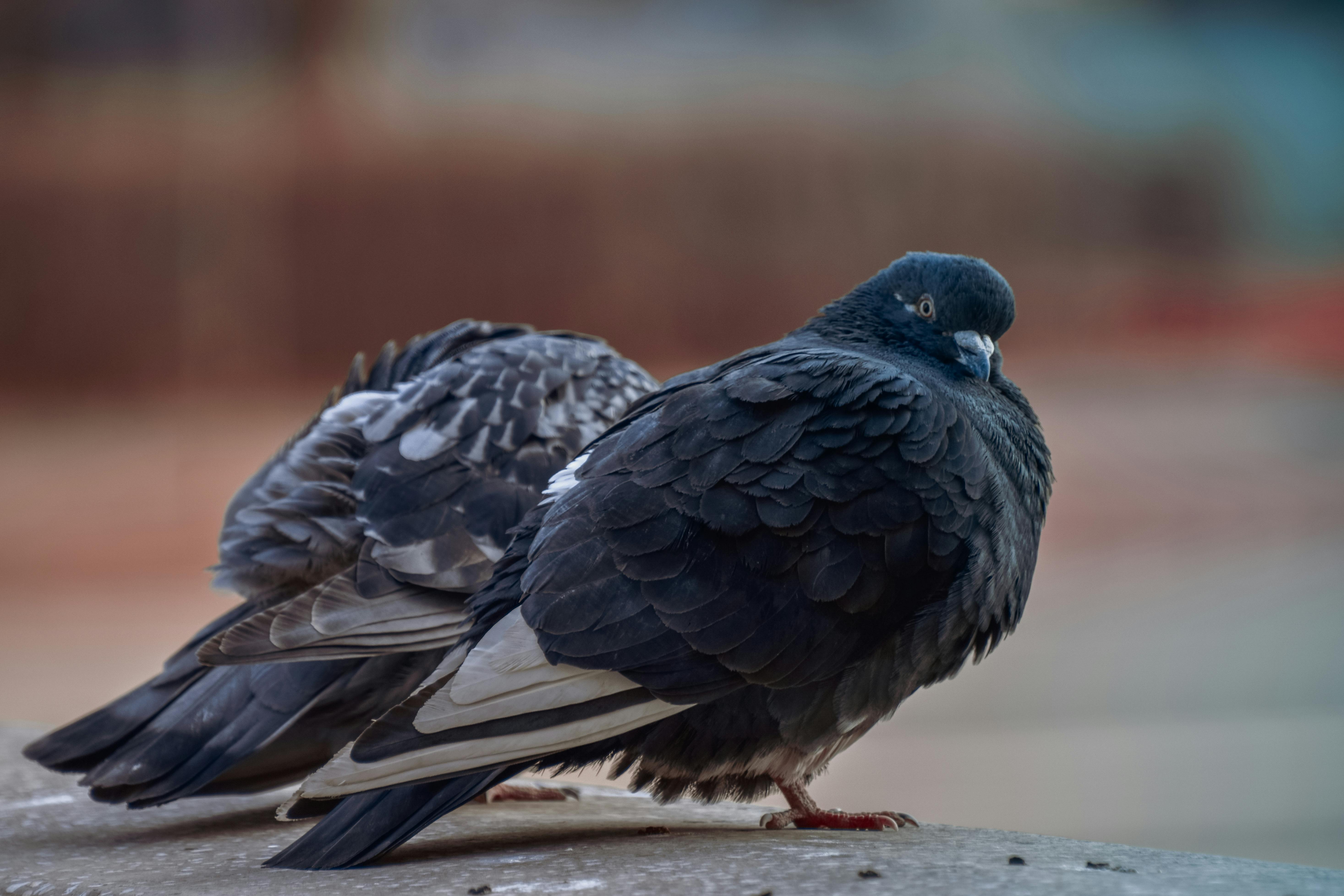
Predatory birds, also known as raptors or birds of prey, have evolved specialized adaptations that enable them to hunt and feed on other birds. Their evolutionary journey can be traced back 150 million years to the Mesozoic era when the first avian predators emerged.
One of the key adaptations in predatory birds is their sharp, hooked beak. This specialized beak efficiently tears flesh, allowing them to kill and consume their avian prey. The shape and size of the beak vary among species, reflecting their specific dietary preferences and hunting techniques.
Predatory birds possess strong, muscular legs and talons, which they use to capture and grasp their prey mid-flight or on the ground. These powerful tools immobilize the captured bird, providing a secure grip during feeding.
Exceptional vision is another crucial adaptation in predatory birds. With keen eyesight, often with binocular vision, they can spot and track their prey from great distances. This visual acuity is essential for locating and pursuing fast-moving targets in various habitats.
Predatory birds exhibit remarkable aerial agility, maneuvering swiftly and performing complex aerial feats during the chase and capture of their avian prey. Their streamlined bodies, strong wings, and specialized flight feathers contribute to their aerial prowess, enabling them to navigate through dense vegetation or open skies with precision.
Over millions of years, predatory birds have diversified into various ecological niches and developed different hunting strategies and behaviors. Falcons, for example, are known for their high-speed stoop or dive, utilizing their incredible speed and maneuverability. Eagles and hawks, on the other hand, employ soaring and perching techniques to scan their surroundings and ambush their targets.
The evolution of predatory birds continues to be shaped by factors such as habitat availability, prey availability, and competition with other predators. This ongoing process ensures their success as formidable hunters in the avian world.
Word count: 283 words
3. Types of Birds that Eat Other Birds
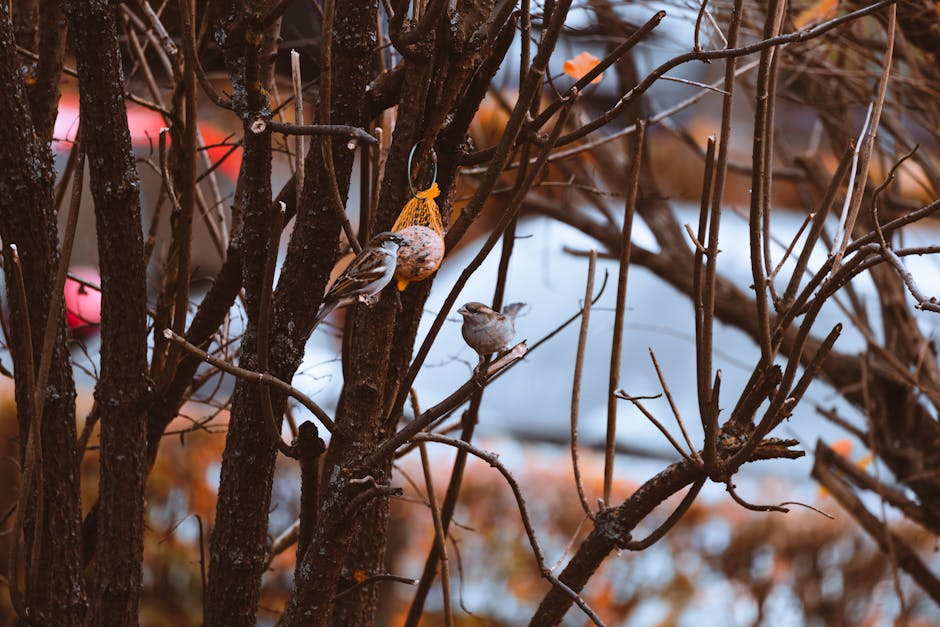
Birds of prey, also known as raptors, exhibit a diverse range of species that feed on other birds. Here are some notable examples:
a. Hawks
Renowned for their sharp talons and exceptional eyesight, hawks are skilled hunters that often target smaller birds. Among the commonly observed bird-eating hawks are the Cooper’s hawk, known for its swift flight and woodland hunting style, the sharp-shinned hawk, characterized by its remarkable maneuverability in dense forests, and the red-tailed hawk, recognized for its broad habitat range and varied diet.
b. Falcons

Impressive aerial hunters, falcons engage in high-speed pursuits and employ breathtaking dives from great heights to seize their prey. They primarily feed on other birds, with pigeons, doves, and smaller avian species forming a significant part of their diet. The peregrine falcon, celebrated for its astonishing hunting speed and ability to reach incredible velocities during its aerial assaults, is one of the most renowned bird-eating falcons.
c. Ospreys
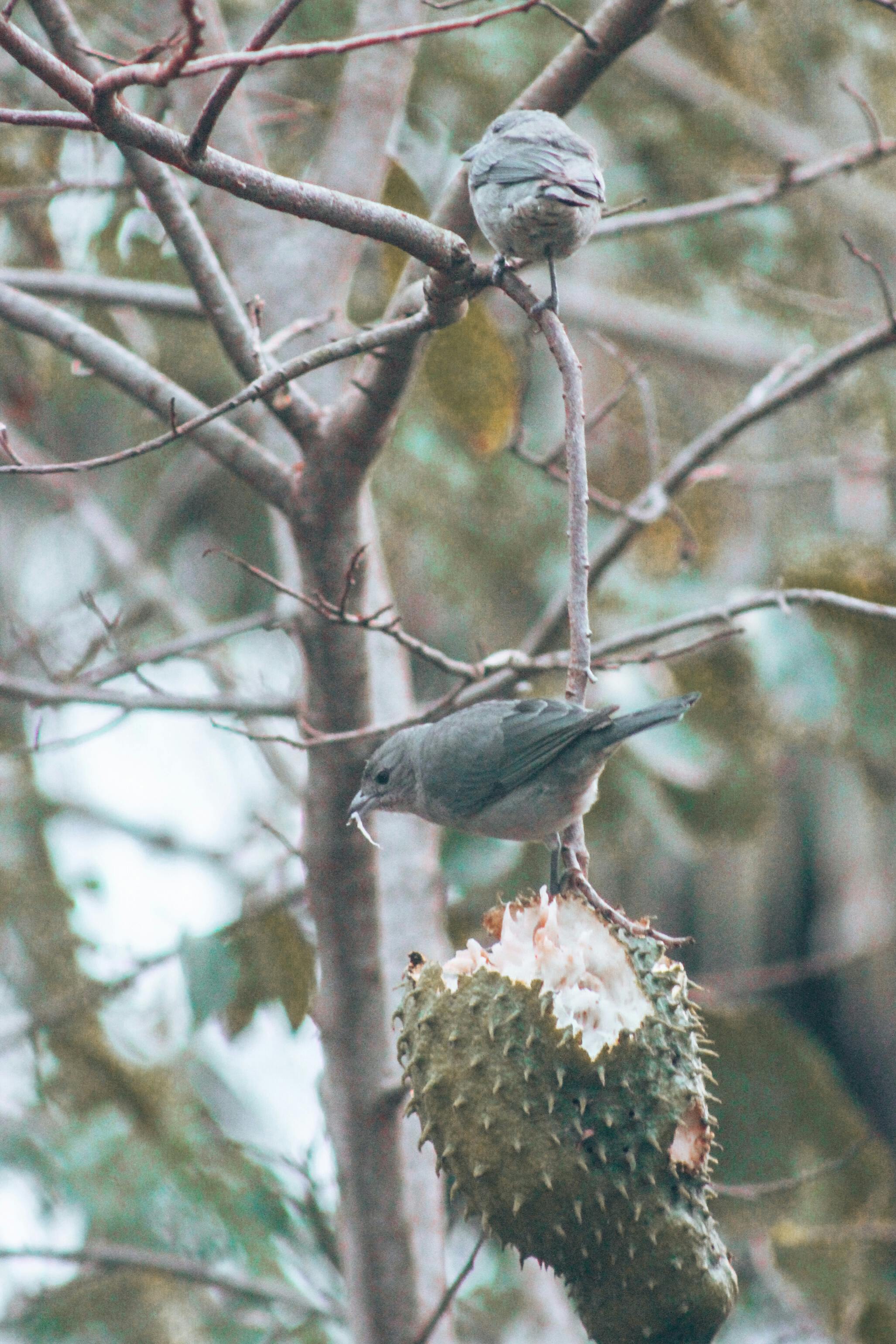
Large birds of prey commonly found near bodies of water, ospreys have adapted to a piscivorous (fish-eating) diet but also exhibit predatory behavior towards birds. While their primary hunting focus lies on fish, ospreys occasionally capture smaller birds such as gulls, ducks, and even other raptors. Their hunting technique involves hovering over the water and then plunging feet-first to snatch their prey with sharp talons.
d. Owls

Renowned for their nocturnal habits, owls possess silent flight and exceptional night vision. While most owls primarily feed on small mammals and rodents, certain owl species have been observed to prey on birds, particularly smaller avian species. These remarkable predators rely on their acute hearing and stealthy flight to surprise and capture their feathered prey under the cover of darkness.
e. Kites

Medium-sized raptors known for their graceful flight and distinctive forked tails, kites primarily feed on insects but also exhibit opportunistic behavior and occasionally prey on birds. Skilled at capturing flying insects in mid-air, kites may seize the opportunity to snatch smaller avian species when available.
f. Harriers
Slender raptors known for their low, effortless flight and facial disk similar to that of owls, harriers primarily hunt small mammals but some species also target birds. These agile predators rely on their acute hearing and exceptional vision to locate and capture their avian prey in open habitats such as marshes, grasslands, and meadows.
Understanding the diverse array of bird-eating species provides insight into the intricate dynamics within avian ecosystems. These predatory birds play a crucial role in maintaining balance and regulating populations, contributing to the overall health and stability of their habitats.
4. How Do Birds Catch and Eat Other Birds?
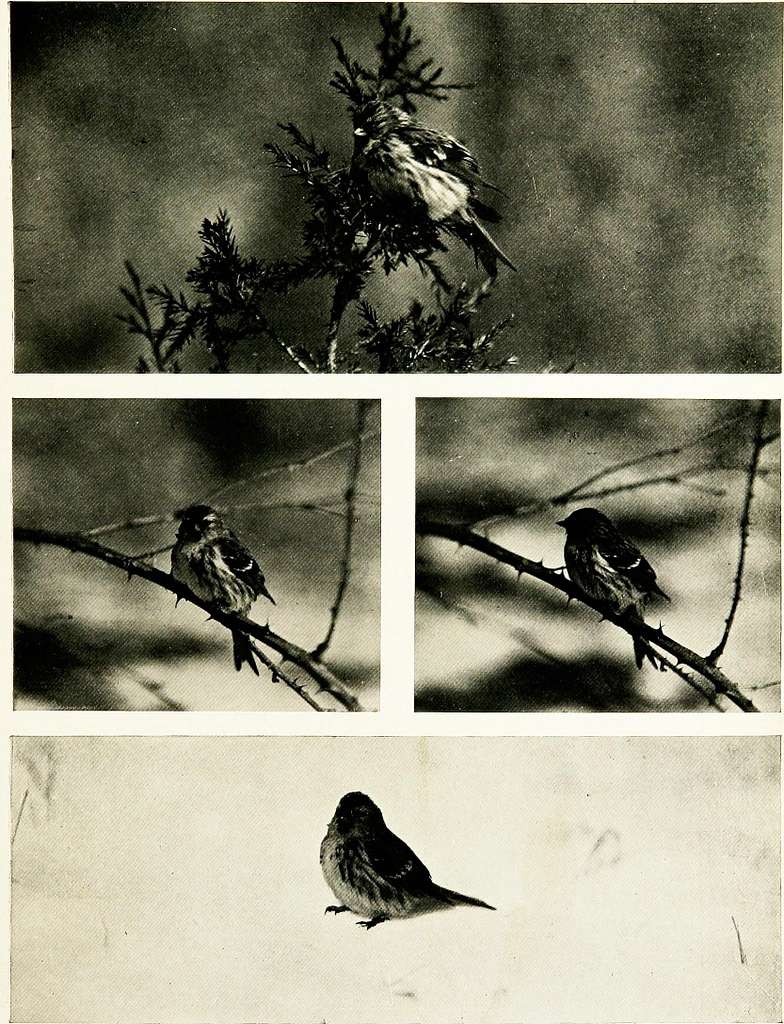
Birds of prey, also known as raptors, have developed various strategies and techniques to catch and consume other birds. Their specialized adaptations, including sharp beaks, muscular legs, powerful talons, exceptional eyesight, and acute hearing, enable them to be highly efficient hunters.
Hunting Techniques
a. Speed and Agility: Falcons and hawks are renowned for their incredible speed and agility in flight. They utilize their swift aerial movements to chase down and capture their avian prey, outmaneuvering their targets mid-air with their streamlined bodies and powerful wings.
b. Perching and Stalking: Eagles and owls employ a combination of perching and stalking techniques to hunt other birds. They patiently perch in elevated locations, such as trees or cliff ledges, waiting for unsuspecting prey to come within range. Once the opportunity arises, they swiftly swoop down to snatch their victims.
c. Diving Abilities: Some raptors, like the peregrine falcon, possess remarkable diving abilities. Known for their breathtaking aerial dives, they strike their prey in mid-flight with astonishing precision and force, reaching incredible speeds during the descent.
Sensory Adaptations
a. Exceptional Eyesight: Raptors have exceptional eyesight, allowing them to spot and target their prey from considerable distances. Their keen vision grants them an advantage in locating potential prey, detecting even the slightest movements or silhouettes of birds in flight.
b. Hearing and Sound Detection: Certain raptors, such as owls, possess acute hearing capabilities. Their ability to detect and locate prey through sound is crucial, especially when hunting in low light conditions or densely vegetated areas. The combination of sharp vision and acute hearing enhances their hunting efficiency.
Capture and Consumption

Once a raptor successfully captures its avian prey, it employs its specialized beak, legs, and talons to facilitate consumption. The sharp, curved beak is designed for tearing flesh, enabling efficient dismantling of the catch. Additionally, the strong muscular legs and powerful talons allow raptors to immobilize and hold onto their prey securely.
Raptors often consume their prey on the spot, tearing it apart with their beaks and swallowing smaller portions whole. Larger prey may be carried to a secure location, such as a tree branch or cliff ledge, where the raptor can feed undisturbed.
Through their hunting techniques and specialized adaptations, raptors have become highly efficient predators, ensuring their survival by preying on other birds in the avian ecosystem. However, not all birds engage in this predatory behavior, as explored in the next section.
5. What Birds Don’t Eat Other Birds?

While some birds are skilled predators that feed on other birds, many species have different dietary preferences. Here are some examples of birds that do not eat other birds:
a. Herbivorous Birds
Birds such as pigeons, doves, and many species of waterfowl primarily have herbivorous diets. They consume plant material such as seeds, fruits, leaves, and buds, relying on vegetation as their main source of sustenance.
b. Insectivorous Birds
Numerous bird species have specialized in feeding on insects and other invertebrates. These birds, including warblers, flycatchers, and swallows, play a vital role in controlling insect populations and are highly adapted to catching small prey in flight or foraging for insects in vegetation.
c. Nectar-Feeding Birds
Certain bird species, such as hummingbirds and sunbirds, have evolved to feed on nectar from flowers. Their long, specialized beaks allow them to reach deep into blossoms to extract nectar, which serves as their primary energy source.
d. Frugivorous Birds
Birds that primarily consume fruits are known as frugivorous. They play an essential role in seed dispersal by consuming fruits and excreting the seeds in different locations. Examples of frugivorous birds include toucans, hornbills, and some species of thrushes.
e. Granivorous Birds
Granivorous birds specialize in feeding on seeds and grains. Sparrows, finches, and buntings are among the bird species that primarily rely on seeds as their main source of nutrition.
Understanding the diverse dietary preferences of birds enhances our appreciation for the intricate web of interactions within avian ecosystems, highlighting the varied ecological roles that different bird species play.
What Birds Don’t Eat Other Birds?
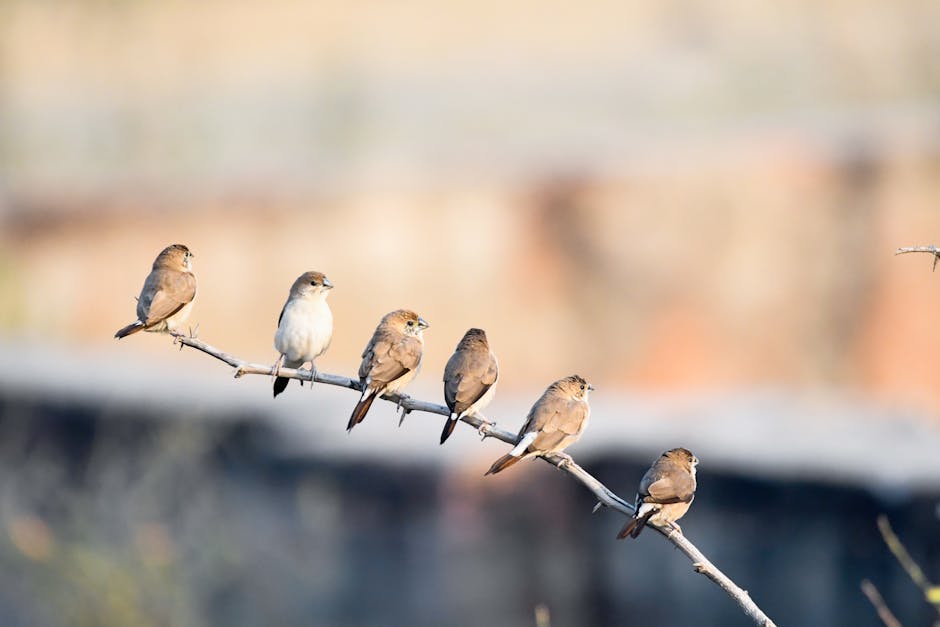
While some bird species have developed hunting prowess to catch and consume other birds, there are several non-predatory bird categories that exhibit diverse feeding strategies:
Herbivorous Birds
These birds rely on plant matter such as seeds, fruits, nectar, and foliage as their main source of nutrition. Examples include finches, doves, pigeons, and certain parrot species. Their specialized beaks and digestive systems efficiently process plant material.
Insectivorous Birds
Many bird species primarily consume insects and other invertebrates, playing a crucial role in controlling insect populations. Examples include swallows, flycatchers, warblers, and most species of hummingbirds.
Granivorous Birds
These birds specialize in eating seeds and grains, contributing to seed dispersal and maintaining plant diversity. Examples include sparrows, buntings, finches, and certain types of pigeons.
Frugivorous Birds
These birds primarily consume fruits and berries, aiding in seed dispersal and plant growth. Examples include thrushes, waxwings, orioles, and certain species of tanagers.
Nectarivorous Birds
These birds feed on nectar from flowers, playing a crucial role in pollination. Hummingbirds are a well-known example, relying heavily on nectar as their primary energy source.
Understanding the diverse feeding habits among birds helps us appreciate the intricate web of interactions within the avian world.
The Impact of Predatory Birds on Ecosystems
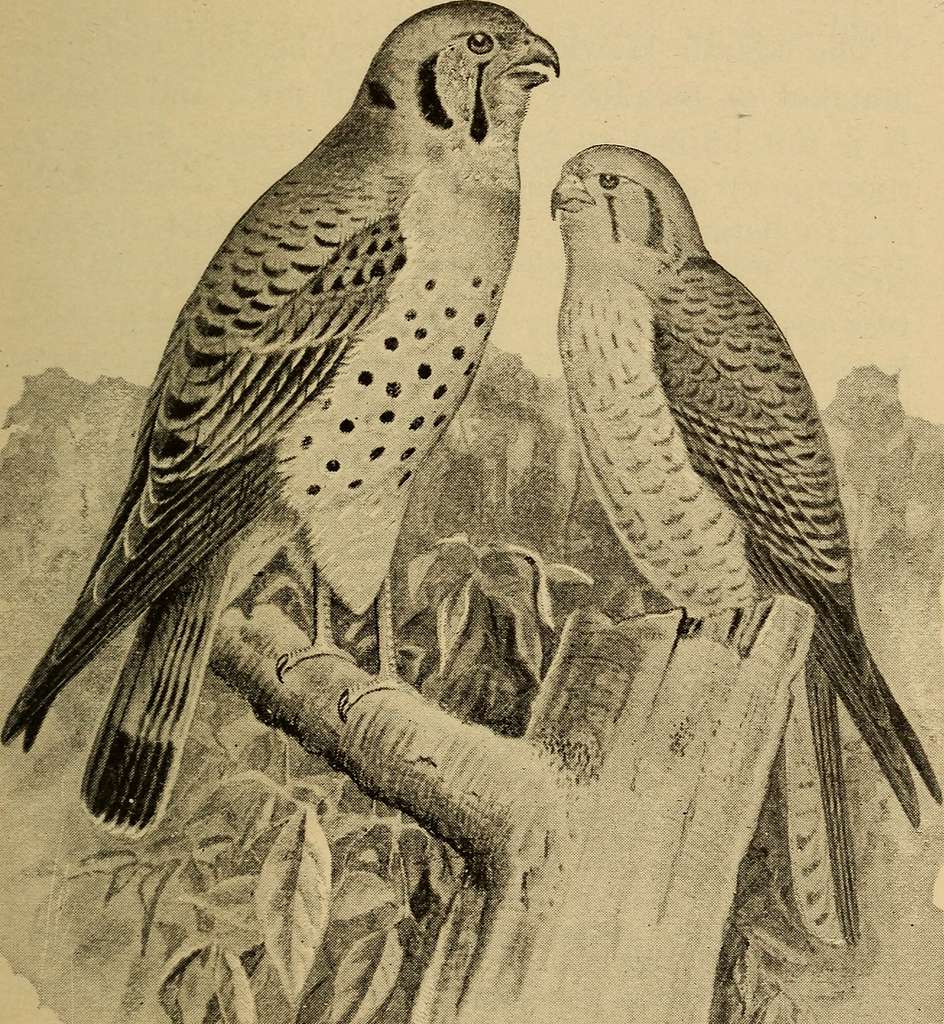
Predatory birds play a crucial role in maintaining balance and contributing to overall ecological health. They regulate prey populations, exert top-down control on food webs, and indirectly modify habitats.
Ecological Role
Predatory birds control prey species, preventing overpopulation and negative effects on vegetation, food sources, and other wildlife. By targeting weaker or diseased individuals, they contribute to the genetic fitness of prey populations, ensuring overall ecosystem health.
Regulation of Prey Populations
Raptors, owls, and falcons actively regulate populations of small mammals, reptiles, amphibians, and other birds. For instance, hawks and eagles control small mammal populations, maintaining a natural and sustainable balance.
Impact on Food Webs
Predatory birds occupy higher trophic levels, influencing the behavior and distribution of lower trophic levels. This shapes the structure and functioning of entire ecosystems, with cascading effects on other organisms within the food web.
Habitat Modification
The presence of predatory birds indirectly modifies habitats by influencing prey behavior and distribution. This leads to changes in habitat utilization and can impact other species that rely on the same habitats, shaping the overall composition and structure of ecosystems.
In conclusion, predatory birds have a profound impact on ecosystems. Their role in regulating prey populations, exerting top-down control on food webs, and indirectly modifying habitats highlights their importance in maintaining ecological balance. Understanding and appreciating the significance of these avian predators is crucial for promoting the conservation and protection of diverse and healthy ecosystems.
Conclusion – The Fascinating World of Birds That Prey on Their Own Kind

In this article, we have embarked on a journey into the captivating realm of predatory birds and their dietary habits. We have delved into their evolution, explored the various types of birds that engage in cannibalistic behavior, and gained insight into their remarkable hunting techniques. Now, let us recap the key points discussed and reflect on the broader implications of bird predation.
Recap of Predatory Birds
Throughout our exploration, we have encountered a diverse array of birds with a penchant for avian prey. Hawks, falcons, ospreys, owls, kites, and harriers have all been identified as species that engage in this behavior. Each of these bird groups possesses unique characteristics and hunting strategies that enable them to capture and consume other birds.
Ecological Significance
The predation of birds by their own kind plays a crucial role in maintaining the balance of ecosystems. By preying on weaker or diseased individuals, predatory birds help regulate bird populations and promote overall fitness. This natural selection process ensures that only the fittest individuals survive and reproduce, contributing to the long-term health and stability of avian communities.
Diversity and Adaptations

The world of predatory birds is characterized by remarkable diversity. From the majestic raptors like eagles, hawks, and falcons to the stealthy owls and carnivorous seabirds, each species has evolved unique adaptations to excel in their predatory pursuits. Sharp beaks, powerful talons, exceptional eyesight, and silent flight are just a few examples of the specialized features that enable these birds to catch their avian prey.
Interactions and Implications
The interactions between predatory birds and their prey have far-reaching implications, influencing the behavior, distribution, and survival of both predator and prey species. The presence of predatory birds can shape the foraging behavior of other birds, impacting their habitat selection and feeding patterns. Understanding these dynamics is crucial for comprehending the intricate web of life and the delicate balance of nature.
Bird Conservation
Studying bird predation holds significant implications for conservation efforts. By gaining insights into the natural dynamics of predation, we can develop effective strategies to protect vulnerable bird populations. Conservation efforts can focus on preserving habitat diversity, ensuring the availability of suitable prey for predatory birds, and minimizing threats such as habitat loss and pollution.
In conclusion, the world of birds reveals a captivating tapestry of predator-prey relationships. The existence of birds that eat their own kind serves as a reminder of the intricate interconnections within ecosystems. These predatory birds, with their remarkable adaptations and hunting strategies, contribute to the overall health and resilience of our natural world. By appreciating their role and working towards their conservation, we can strive for a harmonious coexistence with these awe-inspiring creatures.
Frequently Asked Questions
What birds eat other birds?
Birds of prey, such as hawks, falcons, owls, ospreys, kites, and harriers, are known to eat other birds. These predatory birds have evolved specialized adaptations that enable them to hunt, capture, and consume their avian prey.
Why do some birds eat other birds?
Birds eat other birds as a natural part of their feeding strategy and ecological role. By preying on weaker or diseased individuals, predatory birds help regulate bird populations and promote overall fitness. This natural selection process ensures the long-term health and stability of avian communities.
How do birds catch and eat other birds?
Predatory birds employ various hunting techniques and adaptations to catch and eat other birds. They use their sharp beaks, muscular legs, powerful talons, exceptional eyesight, and acute hearing to be highly efficient hunters. They employ techniques such as speed and agility, perching and stalking, and diving abilities to capture their avian prey.
What birds don’t eat other birds?
Many bird species have different dietary preferences and do not eat other birds. Some examples include herbivorous birds that rely on plant matter, insectivorous birds that primarily consume insects, nectar-feeding birds that feed on nectar from flowers, granivorous birds that specialize in seeds and grains, and frugivorous birds that primarily consume fruits and berries.
What is the impact of bird-eating birds on ecosystems?
Predatory birds play a crucial role in maintaining balance and contributing to overall ecological health. They regulate prey populations, exert top-down control on food webs, and indirectly modify habitats. By controlling prey species, they prevent overpopulation and negative effects on vegetation, food sources, and other wildlife. Their presence shapes the structure and functioning of entire ecosystems, with cascading effects on other organisms within the food web.

Leave a Reply